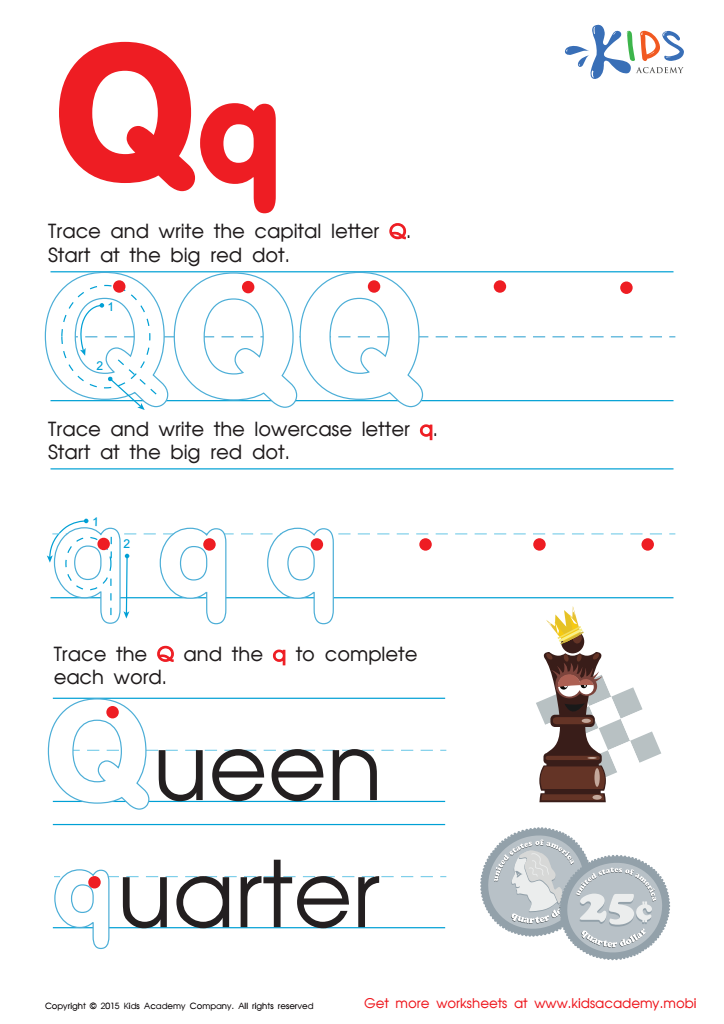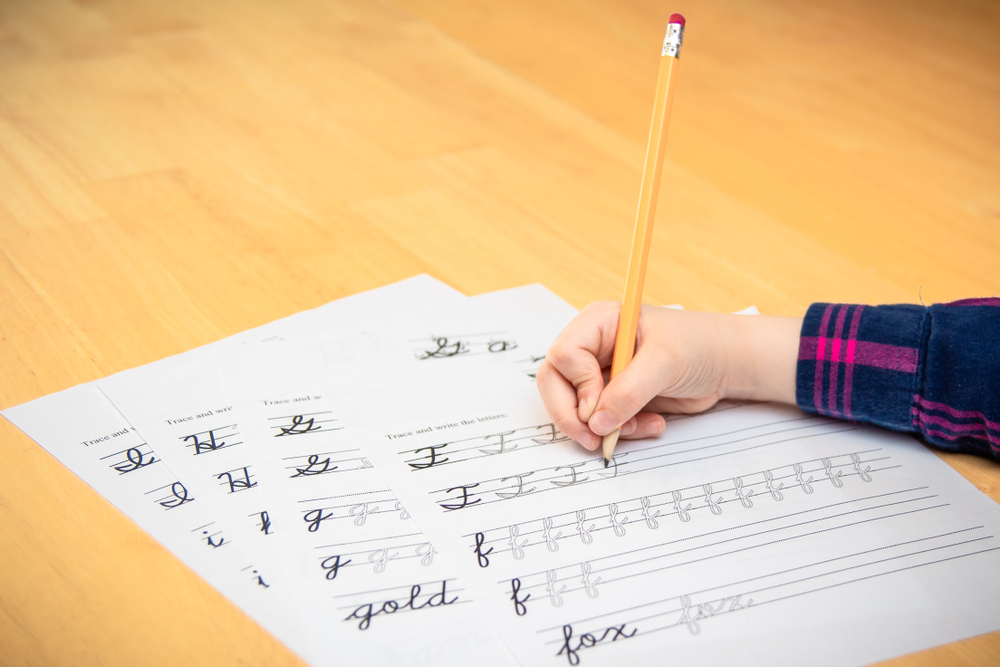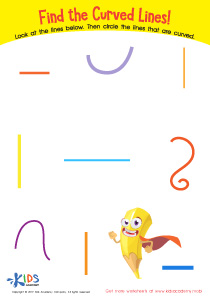Alphabet tracing Tracing Letters Worksheets for Ages 3-9
7 filtered results
-
From - To
Welcome to our Alphabet Tracing Letters Worksheets for Ages 3-9! These engaging, printable worksheets are designed to help young learners practice their handwriting and letter recognition skills. Perfect for preschoolers and early elementary students, our activities enhance fine motor skills while making learning enjoyable. Each worksheet features bold letters for tracing, encouraging children to develop confidence and accuracy in letter formation. With various fun and interactive options, your little ones will love tracing their way through the alphabet. Start building essential literacy skills today with our creative resources tailored for early learners!


Letter R Tracing Page


Letter P Tracing Page


Letter Q Tracing Page


Letter H Tracing Page


Letter A Tracing Worksheet


Letter T Tracing Page


Letter D Tracing Page
Alphabet tracing is an essential activity for children aged 3-9 as it significantly boosts their early literacy skills and fine motor development. First, it lays the foundation for reading and writing. By tracing letters, children become familiar with the shapes and sounds associated with each letter, making it easier for them to recognize and write those letters independently later on.
Additionally, tracing letters aids in developing fine motor skills and hand-eye coordination, which are critical for various daily activities. The act of holding a pencil or crayon and the repetitive motion of tracing helps strengthen hand muscles, enhancing a child’s ability to write more effectively as they grow.
Moreover, tracing offers an interactive and engaging way for children to learn. This tactile experience can make learning enjoyable, fostering a positive attitude towards education. When parents and teachers incorporate tracing into learning, they create an environment that nurtures curiosity and creativity.
Finally, tracing letters also promotes focus and concentration, skills that are vital for academic success in later grades. By prioritizing alphabet tracing, parents and teachers set the stage for a child’s lifelong love of learning and efficient communication skills.
 Assign to My Students
Assign to My Students




















